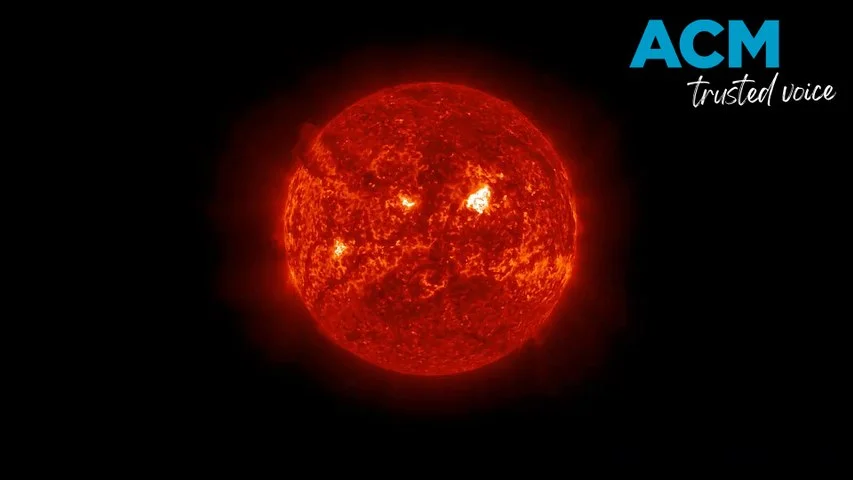
Solar Activity Surge: Earth Dodges Major CME Impact, Geomagnetic Storms Predicted
The sun has been busy, unleashing several filament eruptions and coronal mass ejections (CMEs) in recent days. While Earth has dodged a direct hit from these events, increased geomagnetic activity is expected, potentially impacting sensitive individuals. Let's delve into the details.
Multiple Filament Eruptions, No Earth Impact
Between May 6 and 7, four solar filament eruptions occurred, producing fast-moving CMEs. According to the U.S. Space Weather Prediction Center, these CMEs are projected to pass north or south of Earth, avoiding direct impact. 
One notable filament eruption on May 7 produced a "jaw-dropping display," capturing the sun's dynamic behavior in incredible detail, according to NOAA. 
Geomagnetic Storms on the Horizon
Despite avoiding direct CME impacts, geomagnetic storm conditions are still likely. A combination of a Coronal Hole High-Speed Stream (CH HSS) and a possible glancing blow from a CME launched on May 5 could trigger G1 - Minor storm conditions around May 9. CH HSS influence is expected to linger around May 10, potentially leading to further unsettled to active conditions.
Experts at the Laboratory of Solar Astronomy predict two magnetic storms today, fueled by solar flares and significant coronal holes. The effects of these storms can include headaches, blood pressure fluctuations, and general malaise, especially for weather-sensitive individuals.
This year has already seen a significant surge in magnetic storm activity, with 21 days of geomagnetic disturbances reported in the first four months alone – a 2.5-fold increase compared to the same period last year. This is particularly interesting given that overall solar activity has slightly decreased during this period.
Health Precautions
For individuals sensitive to geomagnetic disturbances, experts recommend maintaining a consistent daily routine, ensuring adequate sleep (7-8 hours), avoiding overexertion, and engaging in moderate physical activity. Dietary adjustments are also advised, focusing on light foods and avoiding excessive caffeine.Staying well-hydrated is essential to promote healthy blood flow.
Valeria Teplyakova, a biophysics specialist, notes that while the body can often adapt, geomagnetic storms can cause a distinct response from biological systems. Individuals with chronic conditions should be particularly vigilant and keep medications readily available.
Looking Ahead
Geomagnetic activity is expected to remain high throughout May, with particularly strong disturbances predicted around May 11, 17-18, and 28-29. Keeping an eye on space weather forecasts and taking proactive measures can help mitigate potential health impacts.
While Earth has avoided a direct hit from recent solar activity, the increased geomagnetic activity serves as a reminder of the Sun's power and its potential impact on our planet. What are your experiences with geomagnetic storms? How do you prepare for these events?
Share your thoughts and experiences in the comments below!